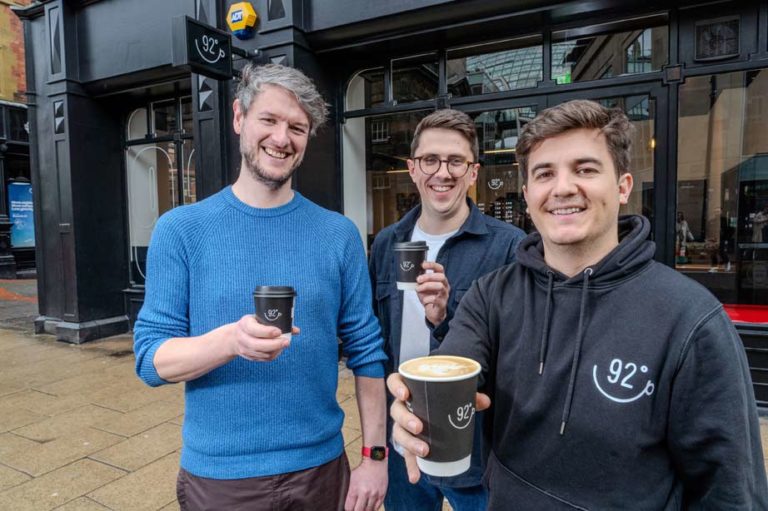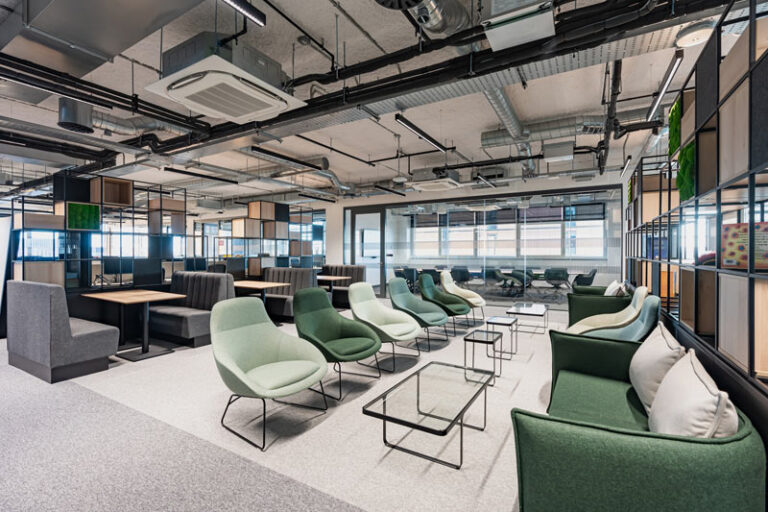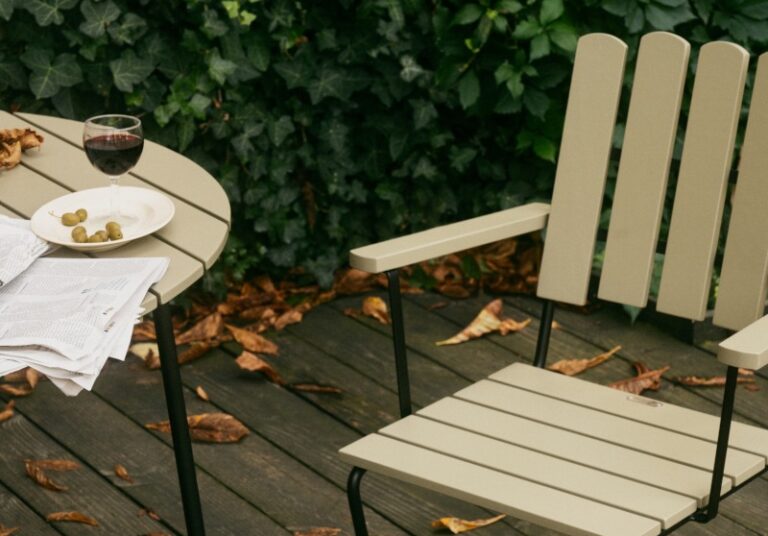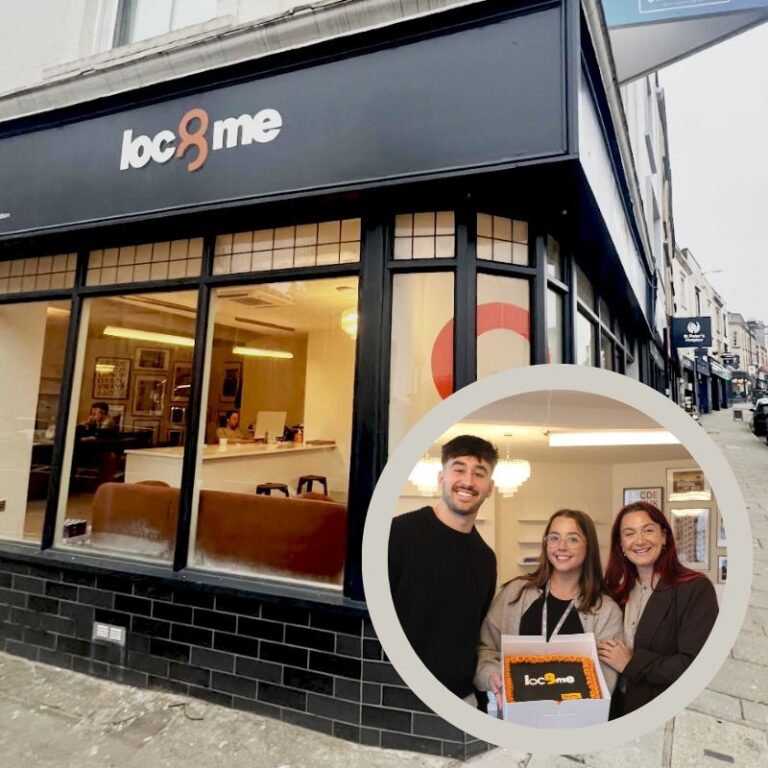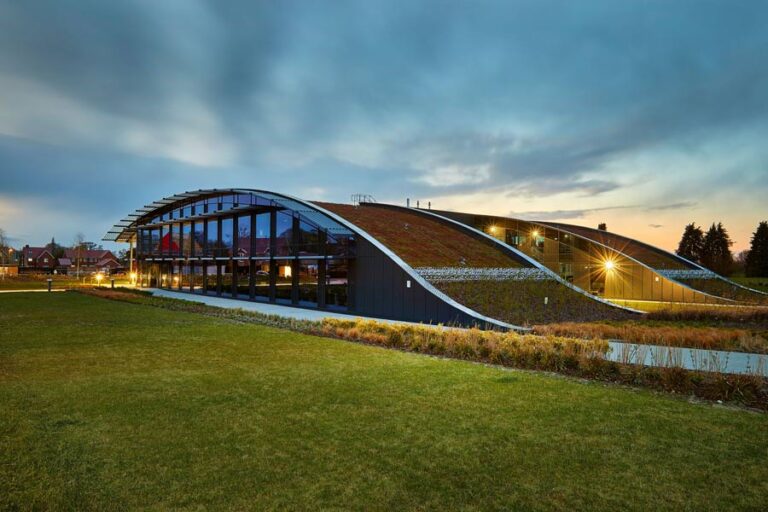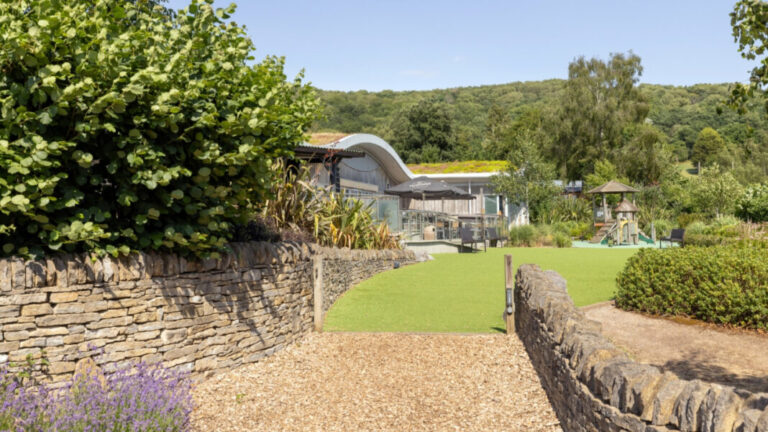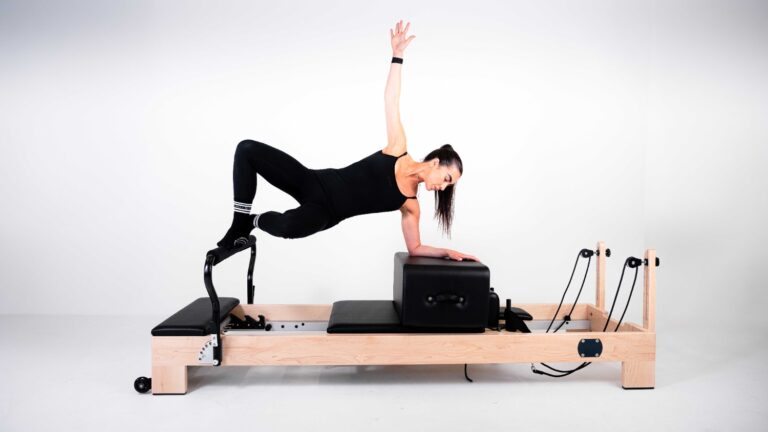Two Decades of Design: How UK Restaurants, Cafes & Bars Have Transformed Their Look
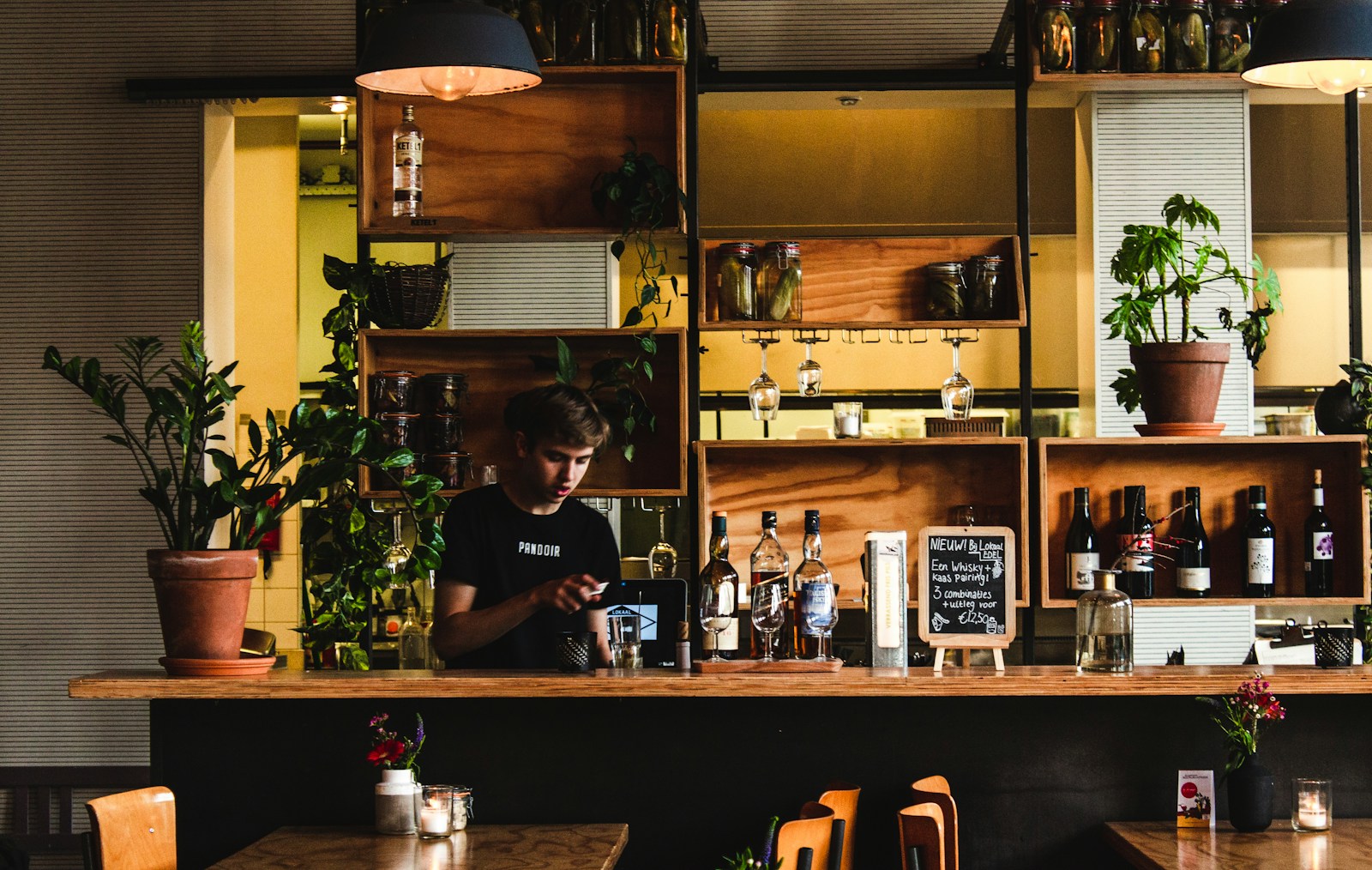
If you walk down any British high street today and pop into a café, the difference from twenty years ago hits you straight away. Softer lighting, walls alive with plants, chairs that don’t feel like an afterthought from an Argos clearance sale. Compare that to the early 2000s, when the mood was more Cath Kidston chic and pub grub was just starting to get a makeover.
The thing is, interior design in restaurants and cafés hasn’t just been about a change in furniture or wallpaper. It’s mirrored social shifts. What we wanted from a café in 2004 (maybe somewhere to nurse a latte and read Heat magazine without being rushed) is a world apart from today’s hybrid work-play-social hubs with Wi-Fi faster than your home broadband. Each decade left its fingerprints on the tiles, the bar stools, and even the cutlery.
Early 2000s: Shabby Chic Comfort and Branded Charm
Back in the early noughties, the vibe was all “lived-in charm.” Painted wood that looked like it had been through three generations, floral cushions, and the odd chandelier hanging a little too low. Starbucks was already spreading, but the independents leaned into this granny-meets-boho style. You’d see distressed cabinets bought from flea markets, furniture painted in chalky whites and soft pastels. It was homely, cosy, maybe a bit twee, but it worked because it felt personal.
Meanwhile, the gastropub revolution was kicking in. Remember Gordon Ramsay and Heston Blumenthal being on the telly every other night? That culinary wave seeped into interiors too. Pubs started swapping sticky carpets and nicotine-stained ceilings for mismatched chairs, quirky wallpaper, and fireplaces that actually worked. There was a sense that a pint could be part of an experience rather than just a stop before last orders.
Chains caught on. Instead of cookie-cutter spaces, they began adding local details. A Jamie’s Italian in Birmingham wouldn’t look identical to one in Brighton. Atmosphere became part of branding. Customers weren’t just buying food or drink, they were buying the story wrapped around it.
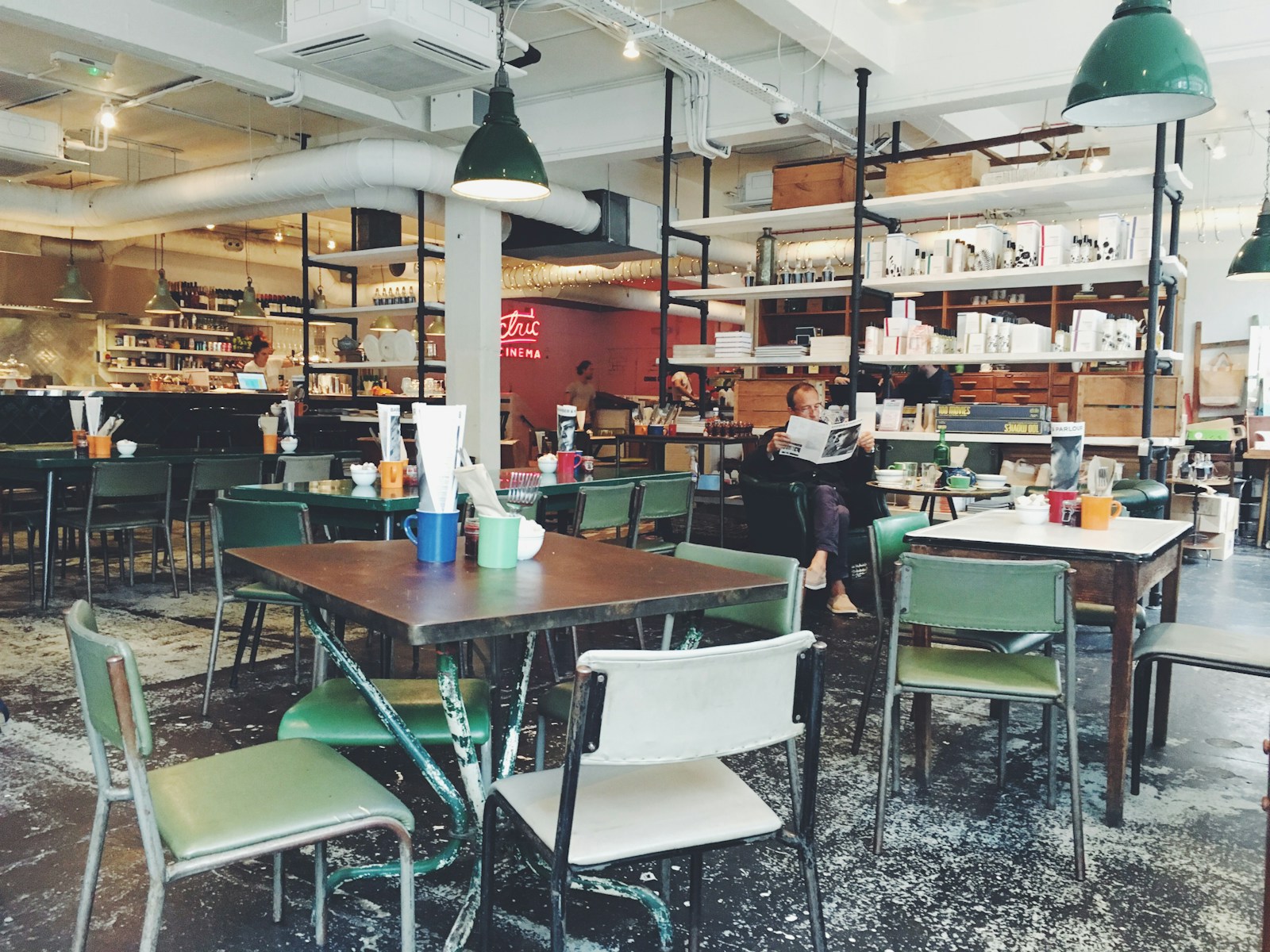
Late 2000s: Industrial Chic and DIY Ingenuity
Then came the market crash. 2008 rattled wallets, and you could feel it in design. Money was tight, but that pushed creativity. Suddenly, exposed brick, bare pipes,and concrete floors – things once covered up – became stylish. Why plaster over imperfections when you could call them “industrial chic”?
Edison bulbs became the icon of the era. They glowed in clusters, suspended on simple cords, giving warmth to otherwise raw textures. If you opened a café around 2009, chances are you had one hanging somewhere. Tables made from reclaimed scaffolding boards, bars patched together from vintage tiles. It looked gritty but intentional.
There was also a DIY streak. Etsy was gaining momentum, Pinterest was buzzing, and small business owners thought, why not make my own wall art? Café owners painted murals, built their own shelving out of crates, stitched together fabrics for cushions. Customers picked up on that. Spaces felt personal, handcrafted. Authenticity before Instagram made it fashionable.
The 2010s: From Authentic Vibes to Instagram Moments
By the 2010s, the industrial look softened. Designers blended it with velvet sofas, brass fittings, and marble tabletops. A mash-up of eras. Mid-century modern came back strong – think Eames chairs and teak sideboards – while jewel tones like emerald and sapphire turned up in bars everywhere. Nostalgia, but styled through a 2010s filter.
And then social media changed everything. Instagram, in particular, rewired design thinking. Suddenly, walls weren’t just walls – they were backdrops. Floral installations, neon signs with cheeky phrases, all-pink dining rooms (hello, Sketch in Mayfair). The design wasn’t just for customers in the room, but for the thousands scrolling through their feeds.
Some places leaned too far, becoming photo sets with mediocre coffee. The smart ones balanced spectacle with substance – a quirky feature wall, but also good acoustics, comfortable seating, and details tied to the venue’s story. By the late 2010s, “Instagrammable” was both a blessing and a curse. Necessary, but risky if it tipped into gimmickry.
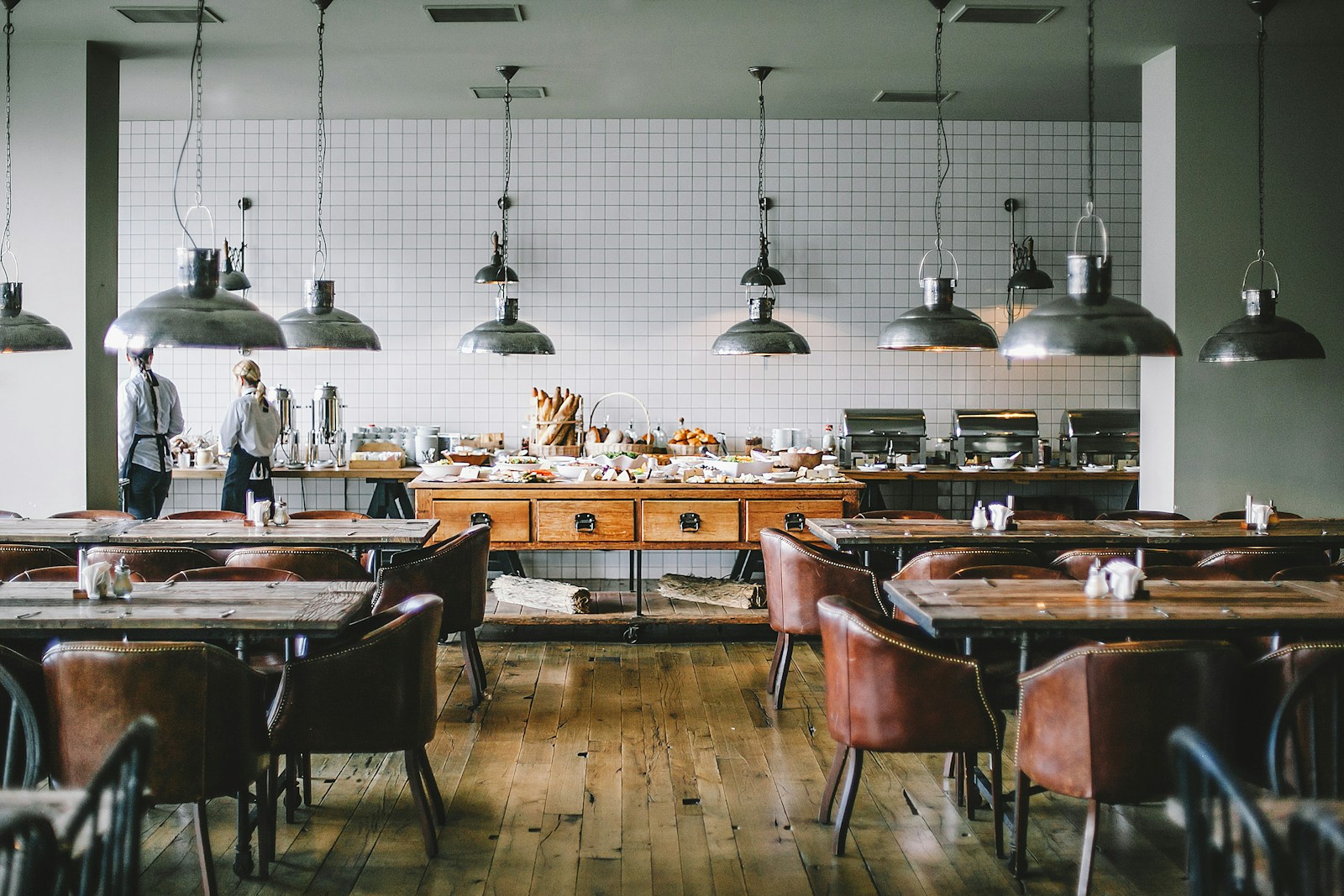
The 2020s: Sustainable, Flexible, and Wellness-Focused
Then the world shut down for COVID. The pandemic redrew the map for interior design overnight. Safety mattered. Layouts opened up, partitions sprouted between tables, pavements filled with makeshift terraces. Flexibility became everything – spaces had to shift from café to workspace to evening wine bar without much fuss.
Nature crept in too. Biophilic design, to use the fancy term. Plants on every surface, green walls, skylights punched into ceilings. The colour palettes mellowed into earthy tones, terracotta, moss green. The idea was to soothe frazzled minds after months indoors. And people noticed – studies even linked greenery in cafés to longer stays and higher spending.
Sustainability also moved from marketing buzzword to visible practice. Recycled tabletops, second-hand furniture repurposed with flair, lighting that adjusted automatically through the day to save energy. Tech got subtler – QR code menus, smart thermostats – integrated without shouting about it.
Curiously, there’s a split style-wise. Some cafés lean hard into minimalism: clean lines, uncluttered spaces, meditation-in-a-coffee-cup vibes. Others go maximalist, almost chaotic, with bold prints, layered textures, a kind of joyful sensory overload. Both, though, tap into the same impulse – people want to feel good about being out, to enjoy the atmosphere as much as the flat white.
Looking Ahead: Trends as Tools for Connection
Two decades on, the shift is dramatic. From shabby chic sofas to neon-lit selfie corners to plant-filled sanctuaries. Each wave of design has mirrored where society’s head was at. Security after the 9/11 years, thrift and grit after the financial crash, curated authenticity in the age of Instagram, and now, health and sustainability after the pandemic.
For businesses, design isn’t just decoration; it’s survival. The right space keeps people lingering, posting, returning. Which is why so many turn to professionals. Interior design studios like Orka Interior understand how to thread these trends into spaces that aren’t just stylish but deeply tied to a brand’s story. Because trends will keep shifting, but one truth sticks: people remember how a place made them feel. And they come back for that.

